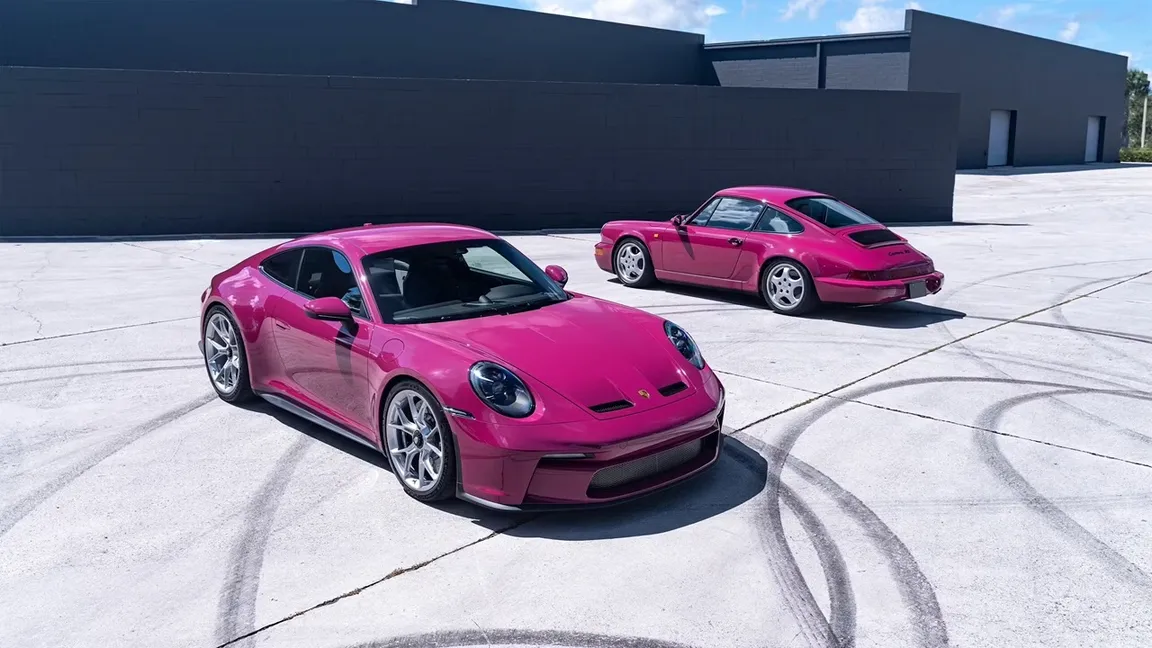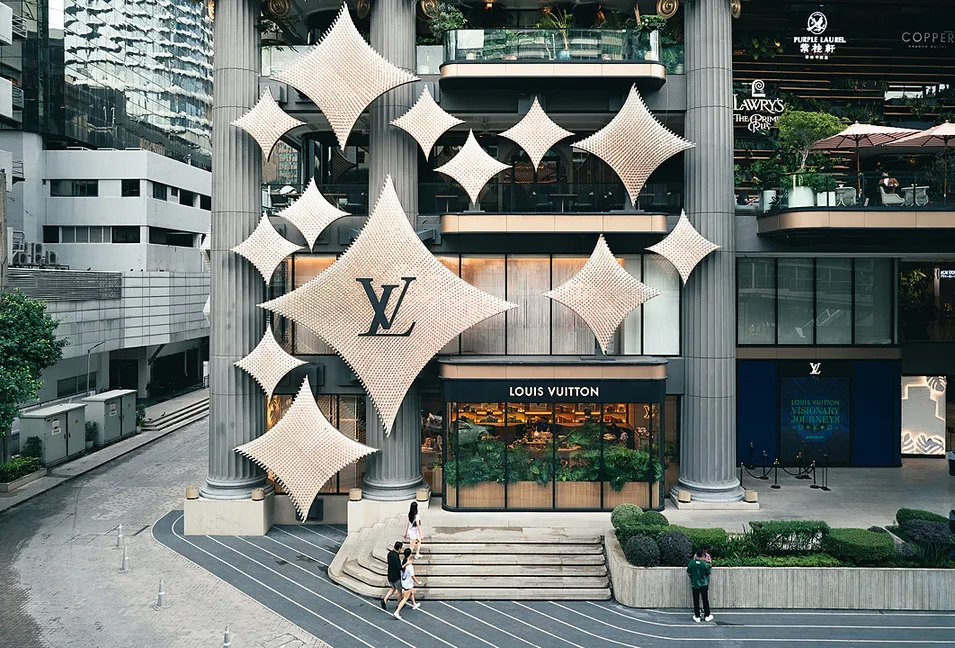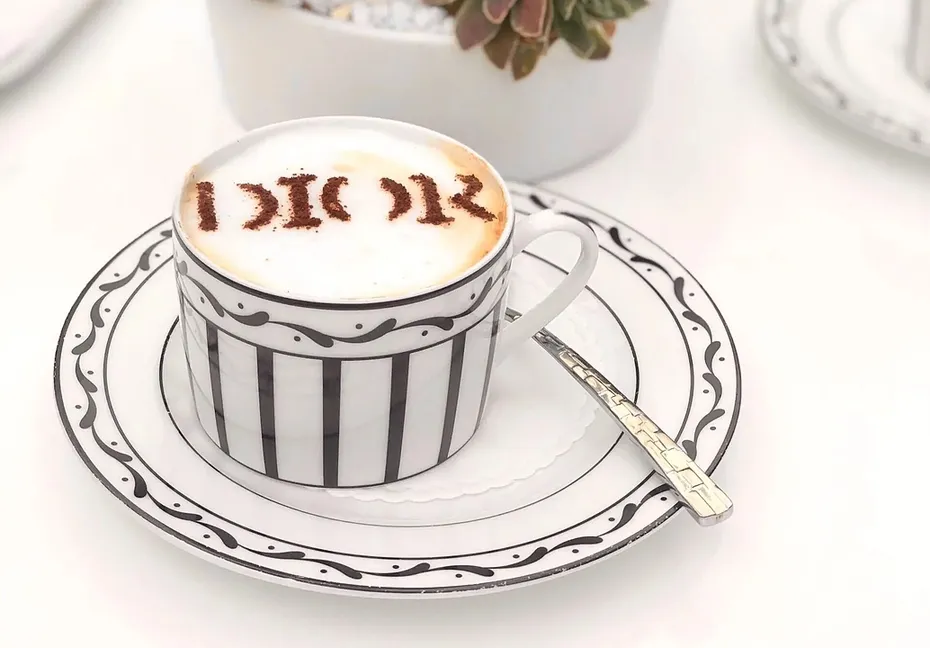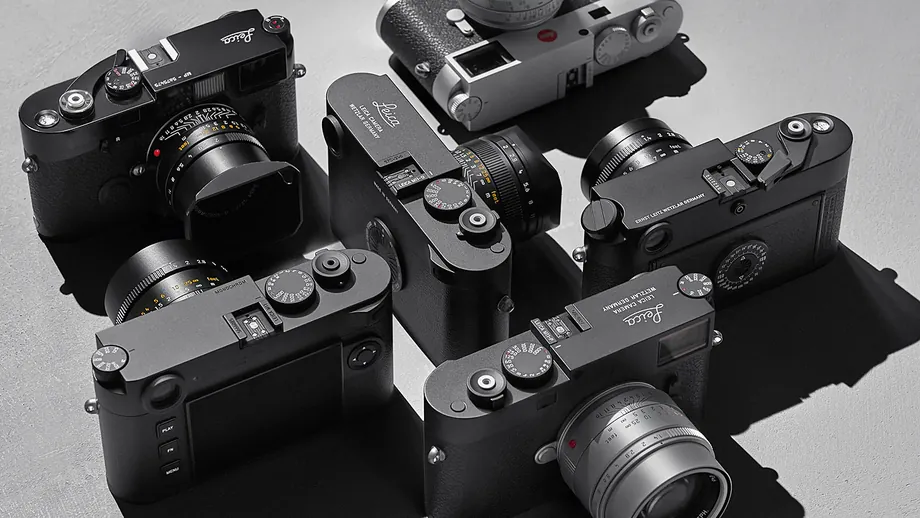Is A Ferrari Special Enough?
A Ferrari, a McLaren and a Rolls-Royce are already extraordinary creations.
Yet more clients globally and across Asia explore something even rarer: a car created around their own imagination. On paper, modern supercars already exceed any real-world requirement. Zero-to-hundred times sit in the low seconds, aerodynamics approach racing levels, and engineering standards reach a precision that borders on art.
This is why personalisation has become the true frontier of distinction. For clients and collectors in Hong Kong, Singapore, Japan, Taiwan, South Korea, and India, the question is not “How fast is it?” The real question becomes:
“How can this car reflect who I am, what I value, and the legacy I build?”
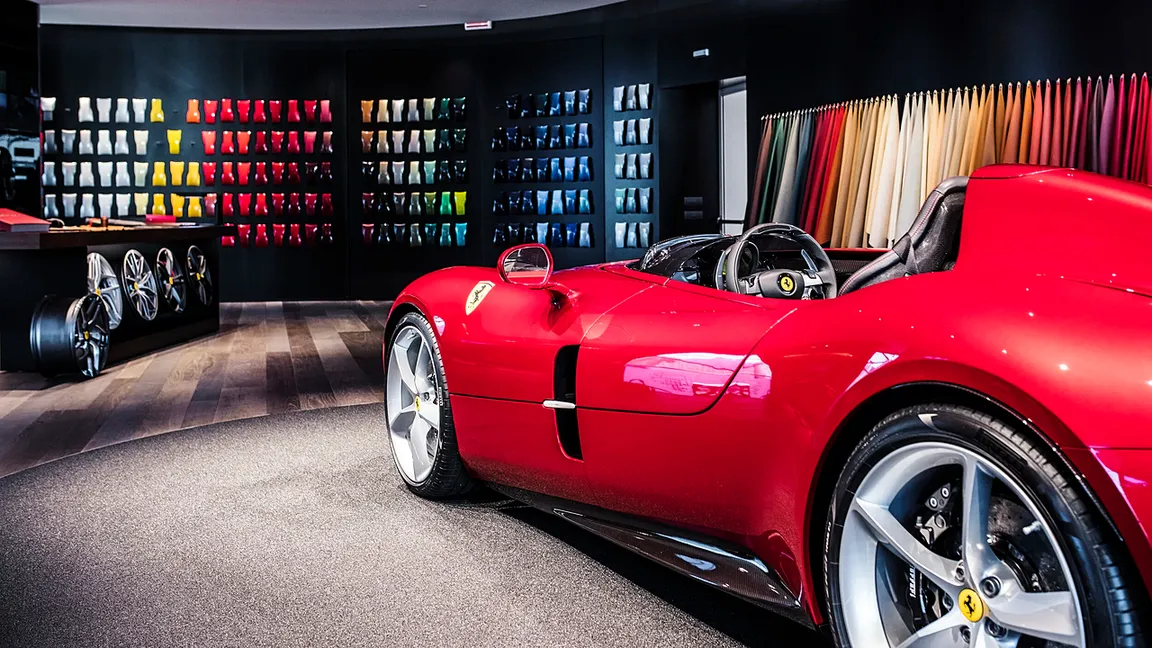
Across brands, personalisation acts as a universal human desire — a way to express identity, taste, and cultural nuances. And while configurators and option packs offer variety, the most advanced clients move far beyond this.
My vantage point comes from nearly thirty years across the automotive world: brand-side, market-side, regional HQ, retail operations, and direct client engagement with UHNWI collectors.
This combination offers a very clear view of what personalisation achieves:
- It creates emotional ownership before the first drive.
- It connects brand teams with clients in a deeper, more human way.
- It strengthens loyalty and long-term engagement far more than product specs alone.
Later in the article, we explore how brands structure personalisation — from colours and materials to factory bespoke programmes and finally true one-offs — and why Asia now plays such a leading role.
For now, we begin with the origins of this idea: the era when cars were not simply configured, but coachbuilt.

A short history of Coachbuilt Cars
Long before configurators, colour palettes, or carbon-fibre options lists, luxury cars began as pure expressions of personal taste. In the early decades of the 20th century, the roles were clearly divided: manufacturers supplied the chassis and engine, while independent coachbuilders shaped the body according to the client’s wishes.
Names such as Touring, Zagato, Pininfarina, Vignale, Saoutchik, and Mulliner gave life to these rolling sculptures. Each commission reflected the world of its owner — their home, their art, their lifestyle, their ambitions. Cars functioned not only as mobility but as cultural statements, often closer to architecture or couture.
For wealthy clients, the process was immersive.
They selected proportions, lines, colours, materials, even unique ornamentation. No two cars were alike. This was the era when a motor car could genuinely exist for one person alone.
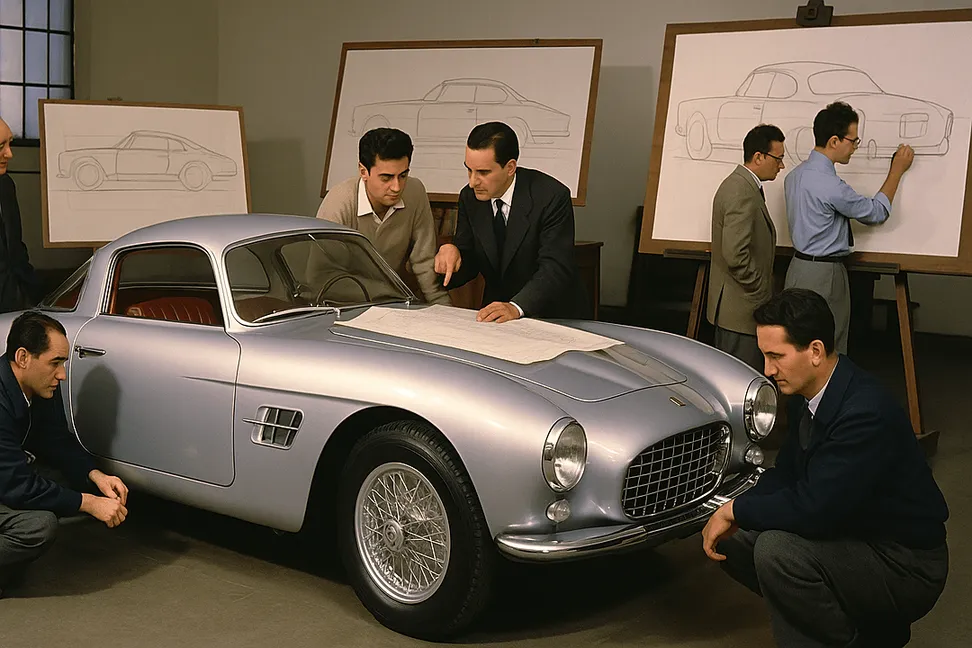
The post-war decades shifted the industry.
Safety regulations, industrialised production and the economics of scale gradually replaced hand-built bodies with standardised steel shells. Personalisation shrank to paint, leather, trim and accessories. Coachbuilt freedom disappeared — at least temporarily.
Yet the desire stayed.
Even as cars became mass-produced, the richest clients still looked for ways to express individuality. This tension — between standardisation and personal identity — quietly shaped the next renaissance.
From the 1970s onwards, personalisation gradually returned. Rising global wealth, stronger enthusiast communities, and a new appetite for individuality encouraged manufacturers to look beyond standard specifications again.
What had once been the domain of independent coachbuilders slowly re-emerged inside the brands themselves — first through discreet special requests, then through more structured programmes. And even the return of the emotional, collaborative approach once found in the golden age of coachbuilding.
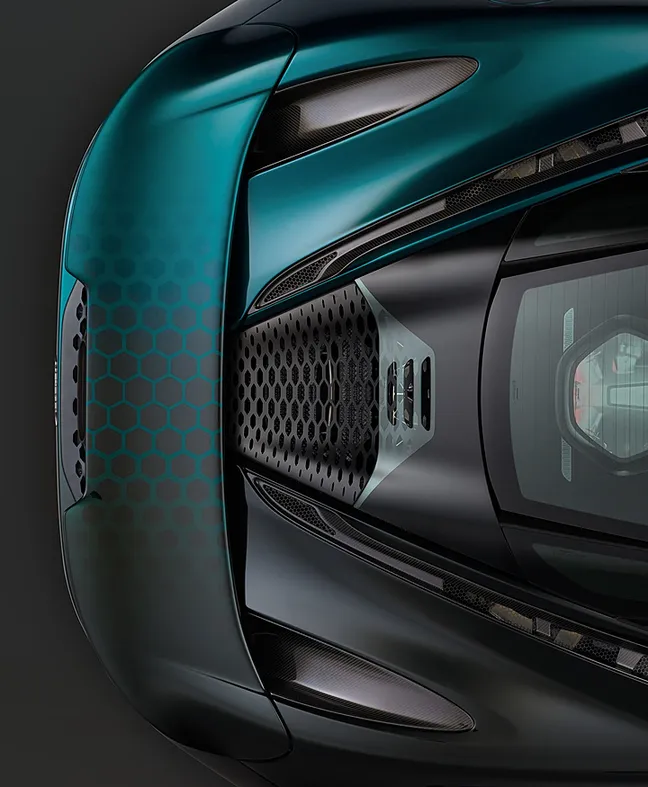
The New Ladder of Personalisation
To understand today’s landscape, it helps to see personalisation not as a single activity, but as a rising structure of depth, commitment and creative freedom:
Tier 1: Configurator Personalisation
The foundation. Colours, wheels, trims, stitching, comfort options.
Still meaningful; it allows owners to express taste without complexity.
Tier 2: Factory Personalisation Programmes
Where creativity expands. These programmes offer curated materials, bespoke interiors, heritage references, unique paints, special badging, and narrative-driven design themes.
Examples include Ferrari Tailor Made, Porsche Exclusive Manufaktur & Sonderwunsch, McLaren MSO, Rolls-Royce Bespoke, and Aston Martin’s Q.
Tier 3: Extreme Bespoke & One-Offs
The summit: full-bodied, invitation-only commissions.
Cars designed from the ground up with the brand’s design and engineering leadership — machines that become cultural artefacts, collector anchors, and long-term legacies.
Customisation today reaches remarkable depth: favourite colours matched directly from personal objects, interiors crafted from unusual materials, and at Rolls-Royce even a starlight headliner that mirrors any constellation from a location and date of the client’s choice — a birthday, an anniversary, or an auspicious moment. These details show how personalisation becomes a form of storytelling and emotional meaning rather than decoration.

This ladder appears across brands in different forms and naming systems. The intention remains consistent: give the client increasing levels of creative freedom, emotional satisfaction, and narrative ownership.
Across the luxury automotive world, the names of these personalisation programmes carry real meaning. Ferrari Tailor Made, Porsche’s Sonderwunsch, McLaren Special Operations, Bentley Mulliner, Bugatti Sur Mesure, and Lamborghini Ad Personam all signal a distinct philosophy. These names capture heritage, culture, and the spirit each brand brings to the process of co-creation.
Personalisation creates clear commercial strength across luxury automotive. Ferrari reported that revenues from cars and spare parts grew sharply in 2022 and 2023 thanks to the increased contribution from personalisations, while Rolls-Royce achieved a 10% year-on-year rise in Bespoke content value in 2024, with every car delivered including personalised elements. Porsche also attributes its strong recent performance to a higher proportion of customisations through Exclusive Manufaktur and its Sonderwunsch programme. These examples show a simple truth: personalisation offers clients a powerful form of self-expression, and it delivers meaningful margin, pricing, and loyalty advantages for brands.
Brand Deep Dives
Ferrari: Atelier, Tailor Made, and the World of One-Offs

Ferrari sits in a category of its own when it comes to personalisation. The brand runs two official customisation paths, each with a distinct purpose.
Ferrari Atelier is the mid-tier programme found at select dealerships. Here, clients explore an extended palette of colours, upholsteries and finishes — more than any normal configurator offers — guided by trained specialists. It is personal, tactile and immersive, yet still anchored in the regular production framework.
Ferrari Tailor Made sits above this. Clients travel to one of the dedicated centres in Maranello, Shanghai or New York and work directly with a personal designer. Together they build a car with its own story, using three creative worlds — Scuderia, Classica and Inedita — as inspiration. Materials, patterns, colours and historical cues become a language of expression. The atmosphere is private, meticulous and collaborative.
Above both programmes, however, lies something far rarer: the world of Ferrari One-Offs, created through the brand’s Special Projects division. This is where a Ferrari becomes a singular object — a piece that exists for one person alone.
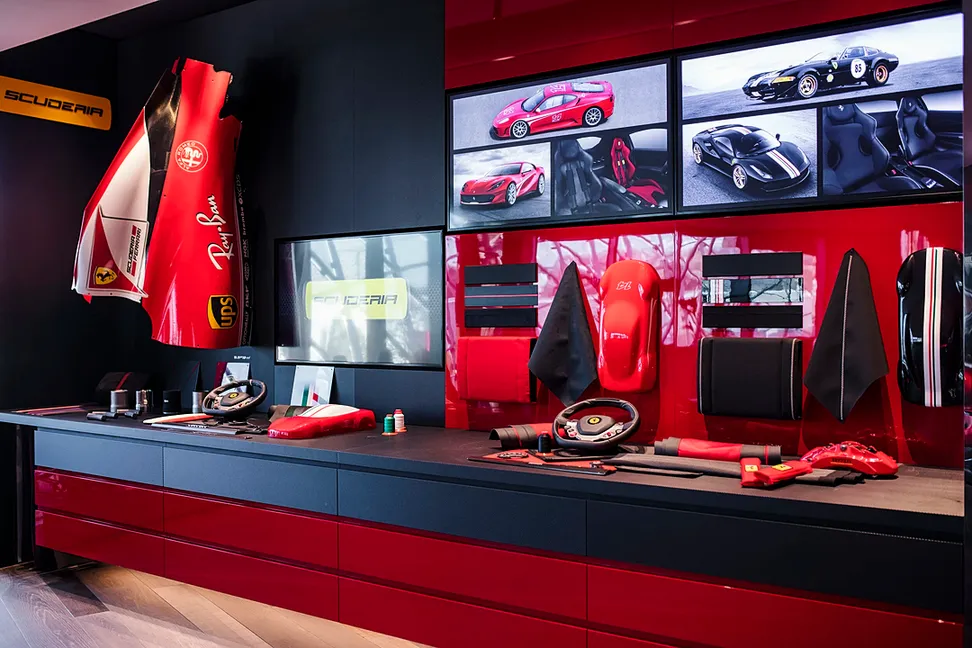
The P80/C — the ultimate expression of co-creation
The P80/C is the clearest example of what a One-Off represents. Built for Hong Kong entrepreneur and collector TK Mak, it stands among the most ambitious Special Projects ever completed.
Unlike most One-Offs based on road cars, the P80/C uses a 488 GT3 racing chassis, which liberated the design team from the constraints of road homologation. No need for headlights, road clearance or traditional packaging. The result is a modern interpretation of Ferrari’s beloved Sport Prototipi — inspired by icons such as the 330 P3/4, 250 LM and Dino 206 S.
The process stretched across several years, involving countless concept and design reviews, clay models, aerodynamic refinements and engineering debates. Every surface is unique. Every line has intent. And because the base is a competition car, Ferrari’s aerodynamicists enjoyed a freedom rarely seen in customer projects.
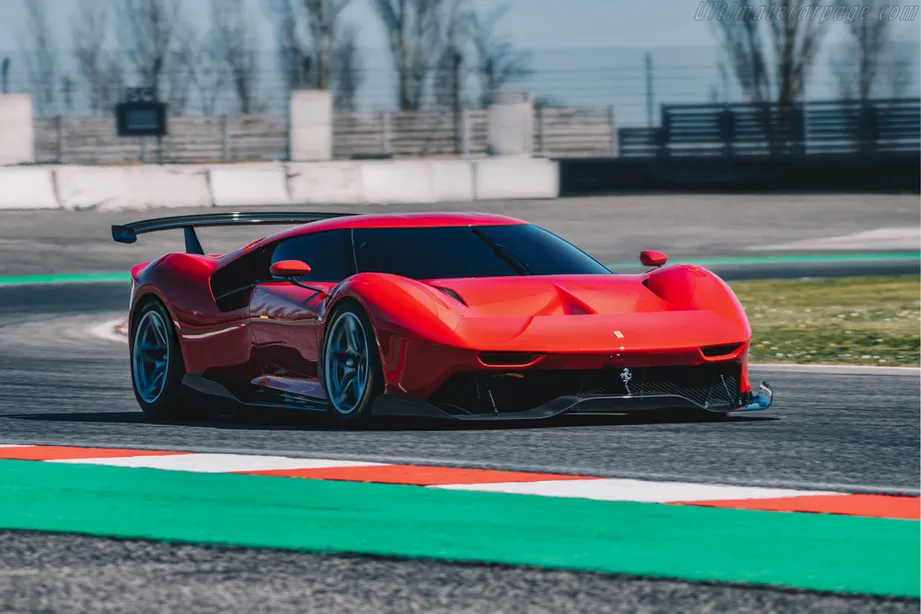
I witnessed part of this journey directly. My former boss — the client — was already one of Asia’s most respected Ferrari collectors, and I joined the earliest meetings at Maranello, with Flavio Manzoni, Ferrari’s Head of Design. As a close observer at the table watching the intensity, the respect, and the creative tension that defines a One-Off. It offered a rare window into how Ferrari engages with a client who sits at the top of its global community.
Standing inside Ferrari’s headquarters and museum, viewing historic one-offs and the great prototypes of the past, you realise that these creations hold significance far beyond the customer. A One-Off becomes part of Ferrari’s own timeline — a chapter in the brand’s cultural memory. The P80/C now sits in the same lineage as the SP1, SP12 EC and SP38, continuing a tradition that stretches back decades.
For the client, the creation is deeply personal: an expression of passion, taste and cultural reference. For Ferrari, agreeing to such a collaboration signals trust, alignment and mutual respect. It is an endorsement that reflects both the individual’s understanding of the marque and the brand’s belief that this person can carry a piece of Ferrari history forward. In many ways, being able to commission a One-Off at Ferrari feels like a form of modern knighthood.
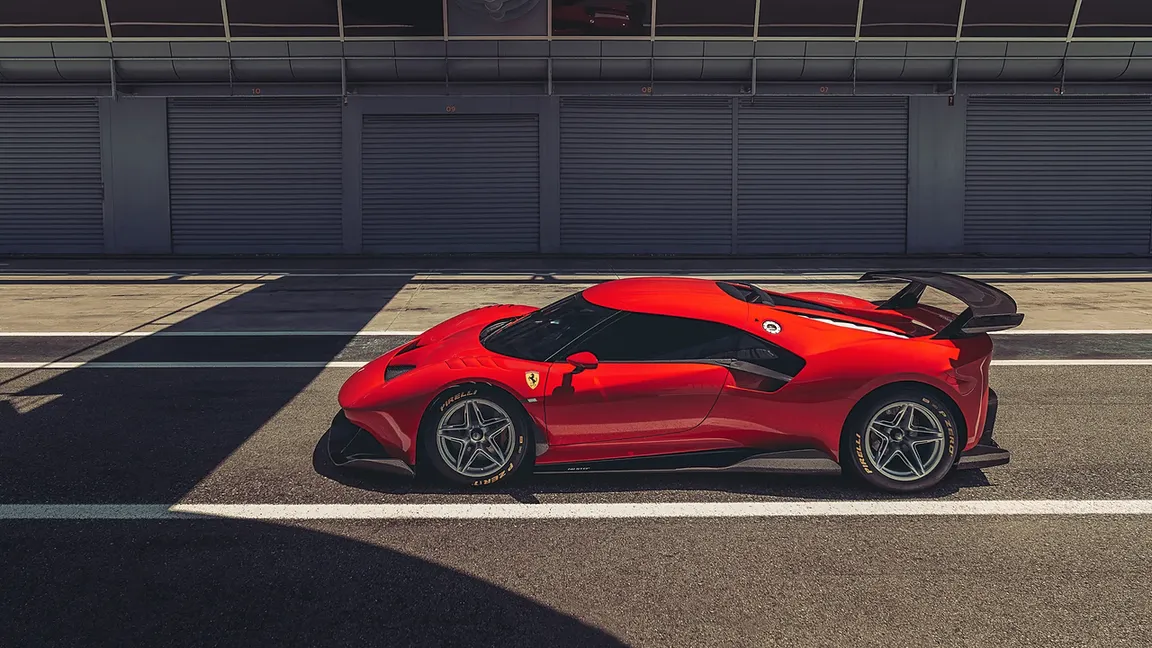
Porsche — Sonderwunsch and a Culture of Individuality
If Ferrari represents the pinnacle of emotional one-offs, Porsche stands for something more quietly powerful: a decades-long culture of listening to unusual requests and turning them into reality. Sonderwunsch — literally “special wish” — is not a marketing slogan. It is a mindset that has shaped Porsche for more than half a century.
A heritage that never really stopped
Long before personalisation became an industry trend, Porsche was already fulfilling extraordinary customer requests. This is the part many people overlook when comparing brands today.
From the 1960s onwards, Porsche responded to passionate clients who wanted something the catalogue never offered. The brand created rally-ready 911 conversions, special customer-commissioned models, bespoke interiors, unusual exterior specifications — and, most famously, the street-legal 917 projects. These cars showed that the company was willing to stretch itself for individuals who understood Porsche’s engineering soul and wanted to live with a version of it that nobody else had.
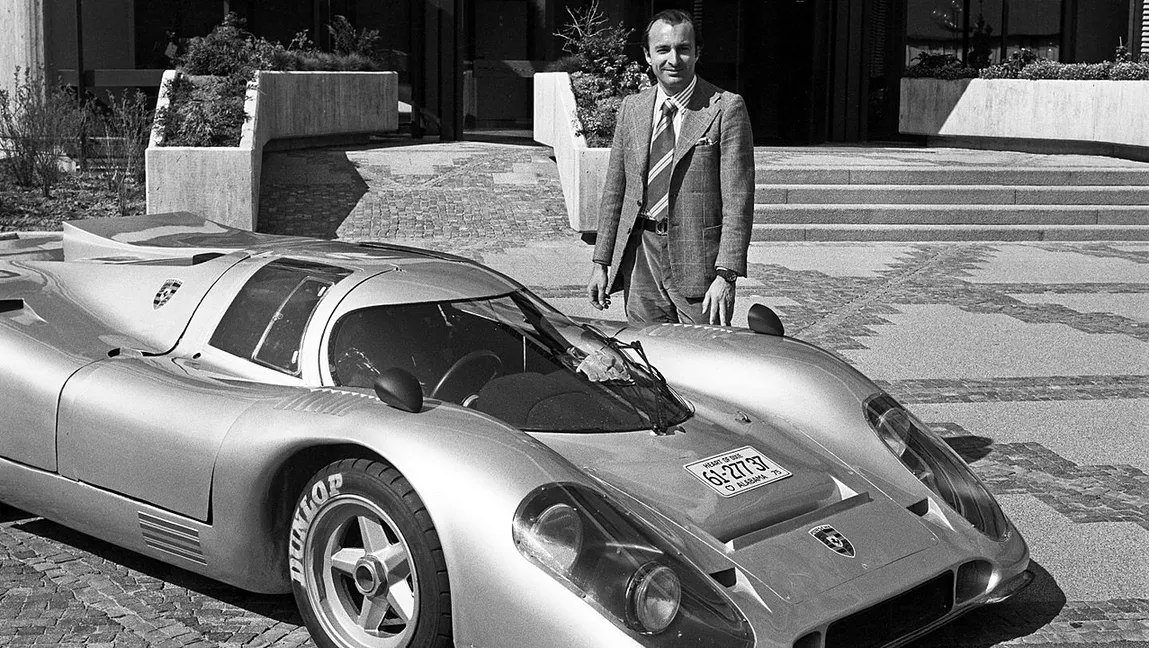
This tradition formed an unbroken thread through the 70s, 80s, 90s and 2000s: a quiet confidence and a willingness to say “yes” when a request had merit, integrity, and engineering logic behind it. Today’s Sonderwunsch programme is simply the latest and most structured expression of this heritage.
Why Porsche stands apart: identity through engineering
Porsche’s approach to personalisation feels different from other brands for one key reason: the brand never separates individuality from engineering. Every request must respect the car’s purpose, balance and mechanical philosophy. This gives Sonderwunsch a very rooted identity — less flamboyant, more thoughtful; less theatre, more technical depth.
Clients who gravitate towards Porsche usually value this. They enjoy creating something personal without stepping outside the brand’s design language. They appreciate cars that reveal their uniqueness through craftsmanship, not spectacle.
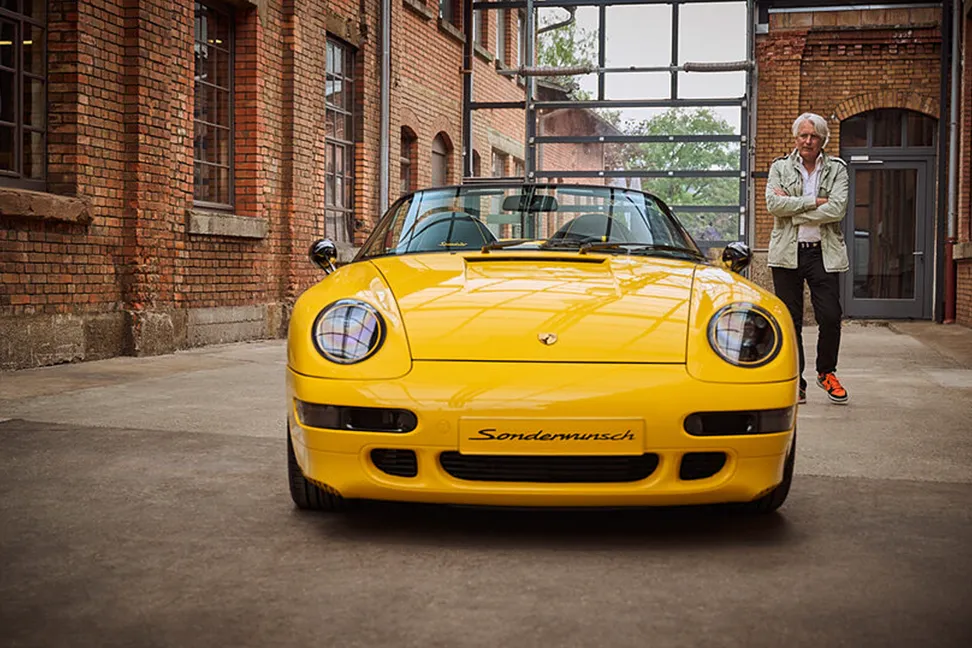
Sonderwunsch today: a global name kept in German on purpose
Unlike most brands, Porsche keeps the programme’s German name worldwide — a deliberate choice that preserves its authenticity, quirkiness and heritage. “Sonderwunsch” signals that this is not a trend-driven offering; it is part of Porsche’s DNA.
Today, the programme offers:
- Factory Personalisation — deeper, more bespoke interpretation of the production palette.
- Sonderwunsch One-Off and Limited Projects — extremely low-volume or unique vehicles co-created with the design and engineering teams, continuing the lineage of Porsche’s historical special builds.
Across the board, Porsche balances creativity with engineering integrity, giving clients the freedom to express themselves without losing what makes a Porsche a Porsche.
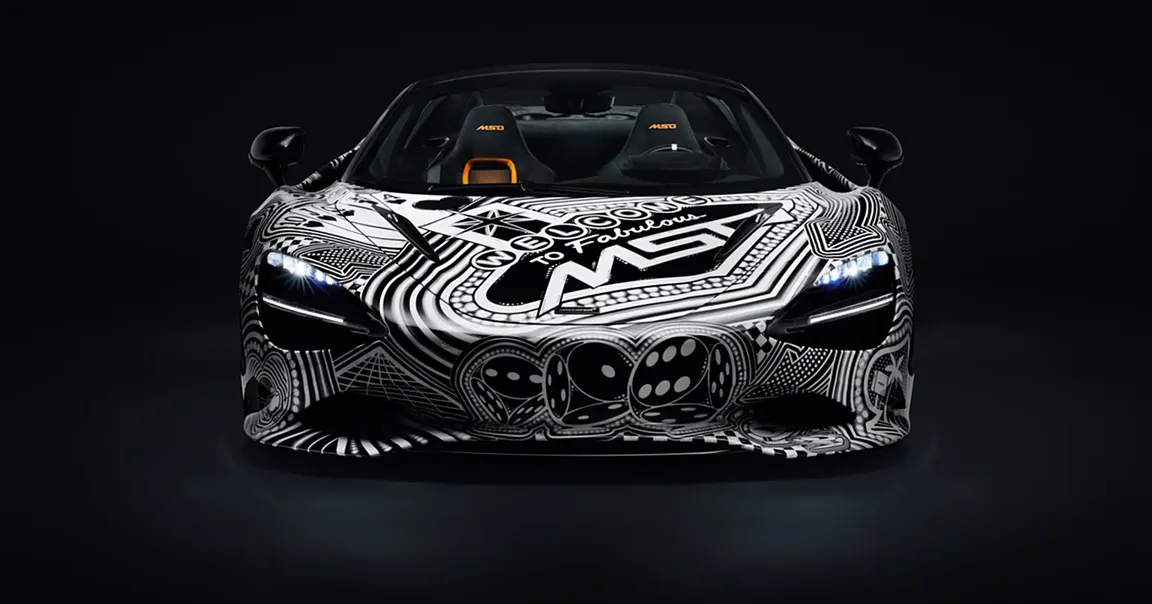
McLaren MSO — Where Personalisation Meets Market Sophistication
McLaren’s bespoke division grew from an unusual heritage. What began as a small team maintaining the legendary McLaren F1 for a handful of owners developed into MSO — a department that supports clients who want to shape their cars far beyond a standard specification. MSO operates with a philosophy rooted in engineering purity, lightweight obsession, and racing logic. This produces a very particular type of personalisation: focused, technical, precise.
During my years with McLaren in Asia, I experienced directly how varied the level of personalisation literacy can be across markets. Taiwan offers a perfect example of an ecosystem where everything comes together: confident collectors, mature taste, and a retail team that understands the MSO process in depth. Their repeated “Global Retailer of the Year” titles were no accident. The team guided clients with a calm, structured approach, understood the complexity of MSO, and created an atmosphere where ambitious commissions felt effortless.
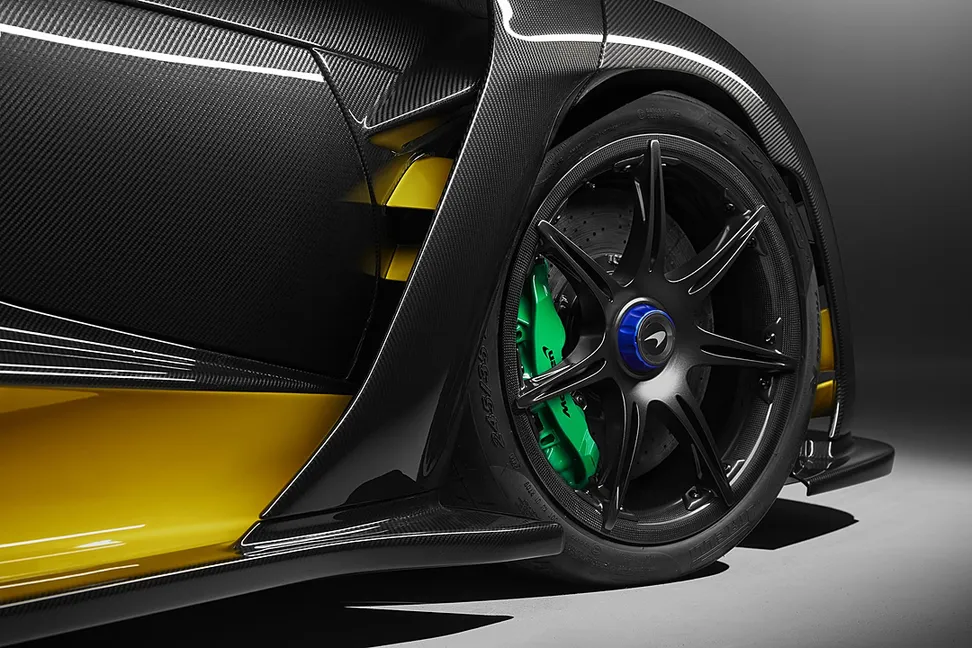
Hong Kong and Japan sit at the pinnacle of collector maturity in all of Asia. These markets are home to some of the most informed supercar collectors anywhere in the world. Their expectations are shaped by decades of exposure to limited-series models, heritage brands, and international collector culture. Conversations progress quickly because clients possess clarity about materials, colours, provenance, and narrative. They understand the value of personalisation not as an upgrade, but as a form of authorship.
Other Asian markets travel a different journey. South Korea combines fast-growing enthusiasm with strong design instincts. India offers a mix of emerging collectors and established families who treat personalisation as a marker of cultural identity and personal milestones. Each market requires its own type of guidance — as a regional brand principal, this was very clear. Some clients need technical orientation; others need brand storytelling; others need help translating a feeling into a design brief. The process only succeeds when retailer, region, and MSO work in unison.

McLaren’s portfolio illustrates this spectrum. MSO Defined provides curated enhancements. MSO Bespoke delivers individualised colours, materials, and interior details. Above this sits a very small number of ultra-limited cars. The most striking expression in recent years is the Solus GT — a single-seat, track-only sculpture powered by a naturally aspirated V10, inspired by a concept from the Gran Turismo universe. Only 25 exist, and each sits in the upper realm of technical artistry: carbon monocoque, fixed seating position, canopy entry, and aerodynamics that feel closer to prototype racing than road car design. For many collectors, the Solus GT stands as McLaren’s finest modern expression of purity and intent.

Rolls-Royce: Bespoke and Coachbuild
Among all luxury carmakers, Rolls-Royce sits closest to the original spirit of coachbuilding. The marque built its early reputation by offering a chassis and drivetrain, while the world’s finest coachbuilders created bodies tailored to each client’s taste. That heritage shapes its philosophy today, and Rolls-Royce develops it through two distinct pillars: Bespoke and Coachbuild.
Bespoke represents the brand’s promise that every Rolls-Royce can become the truest expression of its owner. Clients refine colours, materials, inlays, starlight constellations, veneers, embroidery, and personal motifs that reflect their stories, families, and lifestyles. The emphasis lies in storytelling through craft. Rolls-Royce artisans, designers, and engineers collaborate with the client to build a car that feels intimate, symbolic, and emotionally resonant. A Bespoke commission often carries meaningful references—heritage, personal achievements, cultural identity, or significant life moments—woven into the interior and exterior like chapters in a private memoir.
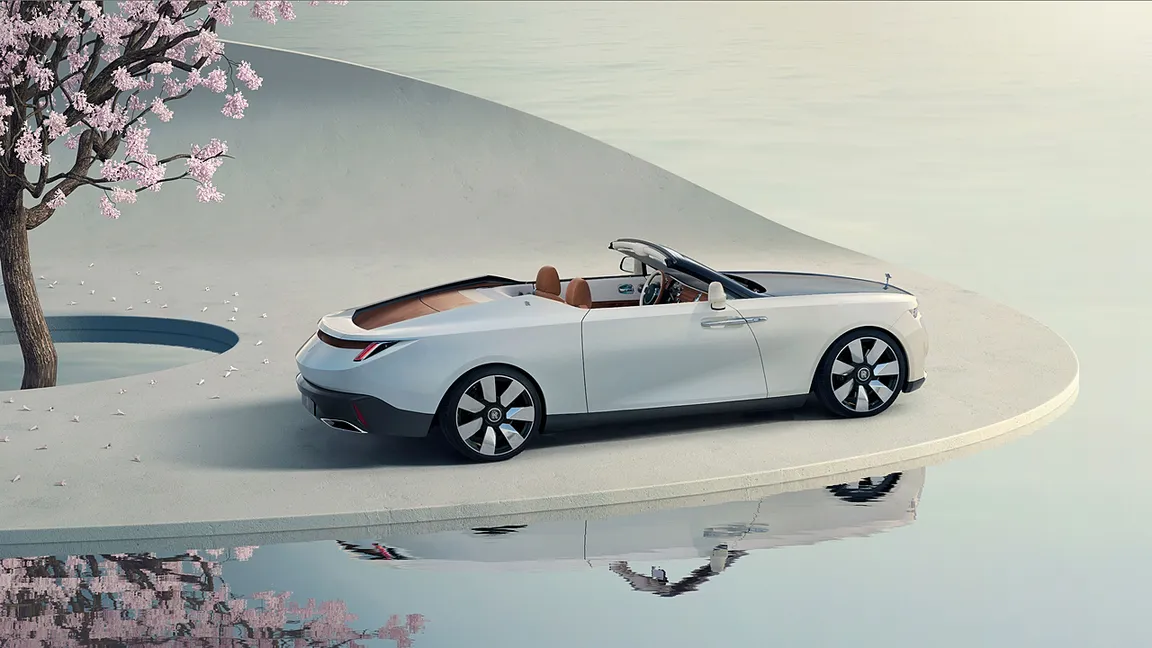
Coachbuild sits far above that level. These creations—such as the Boat Tail series and the recent La Rose Noire Droptail—stand as true contemporary coachbuilt cars. Each commission begins with an invitation from the brand, extended only to a handful of clients whose relationship with Rolls-Royce, collecting philosophy, and aesthetic maturity align with the Coachbuild ethos. The process unfolds over several years, involving new bodywork, unique proportions, and the reinterpretation of the Rolls-Royce identity within a form that exists only once or in an ultra-limited family of cars.
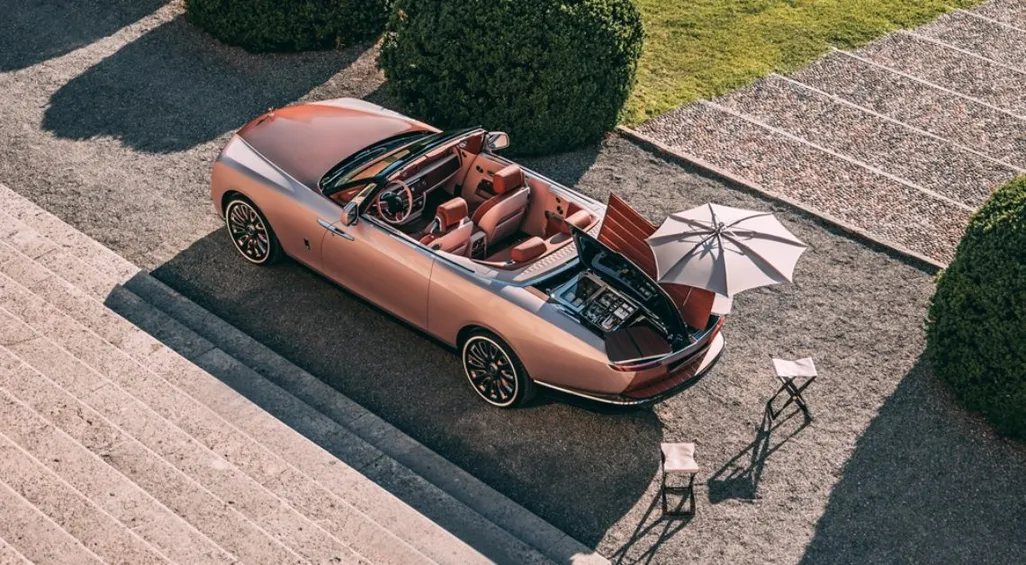
Coachbuild projects operate as a dialogue between the owners and the Goodwood design teams. The result is a car that transcends transportation and becomes a cultural artefact—a family heirloom, a private sculpture, and an extension of the owner’s identity. These cars appear occasionally at concours events or in private galleries, yet they primarily serve as deeply personal reflections of taste and legacy. For the brand, each one enriches the Rolls-Royce story and reinforces the marque’s status as the living custodian of coachbuilt luxury.

Rolls-Royce holds a unique place in the personalisation landscape. While other brands create extreme limited series or one-offs, Rolls-Royce treats Coachbuild not as a single project but as a formal discipline—rooted in heritage, sustained by craftsmanship, and elevated by a modern understanding of storytelling, family identity, and artistic interpretation.
Aston Martin — Q
Aston Martin’s Q division blends British craftsmanship with a cinematic flair. It allows clients to build cars that carry the quiet confidence of Savile Row tailoring, with colour stories and material choices that feel curated rather than loud. The brand’s connection to the Bond universe adds a cultural layer that few marques can match. Q works best for clients who enjoy refinement with a touch of theatre — a bespoke car that feels like a character in its own story.
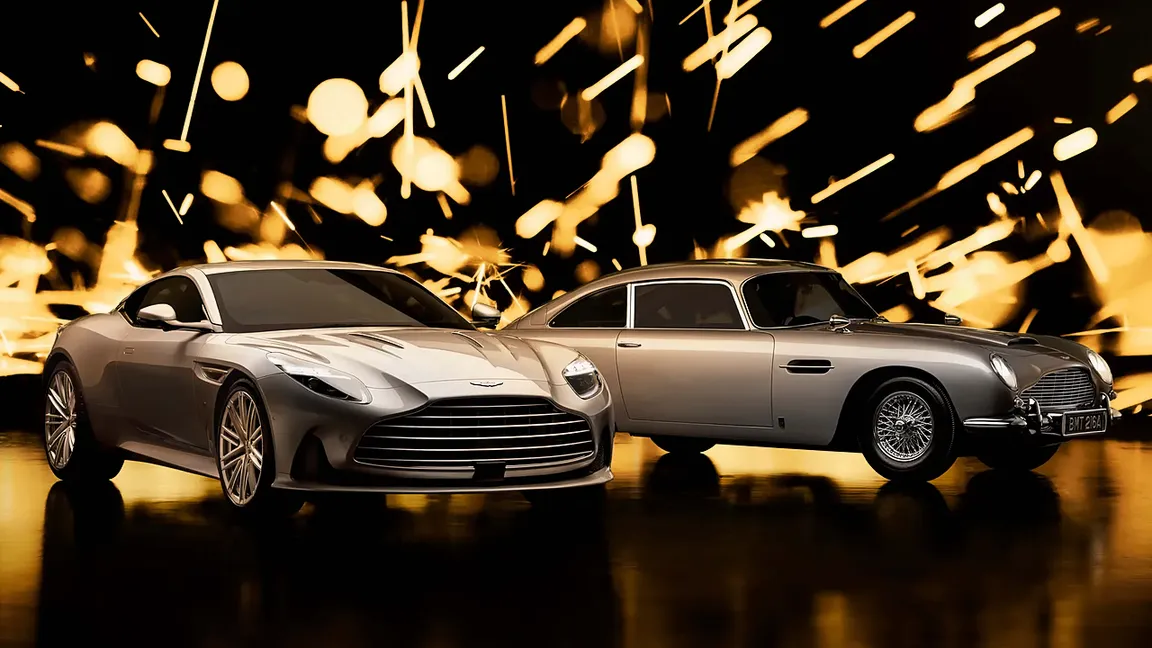
Bentley — Mulliner
Mulliner stands as one of the oldest names in coachbuilding, now reborn as Bentley’s most exclusive personalisation arm. Its strength lies in old-world craft paired with modern engineering solidity: marquetry, stone veneers, embroidery, and highly traditional detailing executed at a contemporary standard. Where other brands chase drama, Mulliner specialises in quiet mastery — cars that feel regal, substantial, and steeped in heritage.
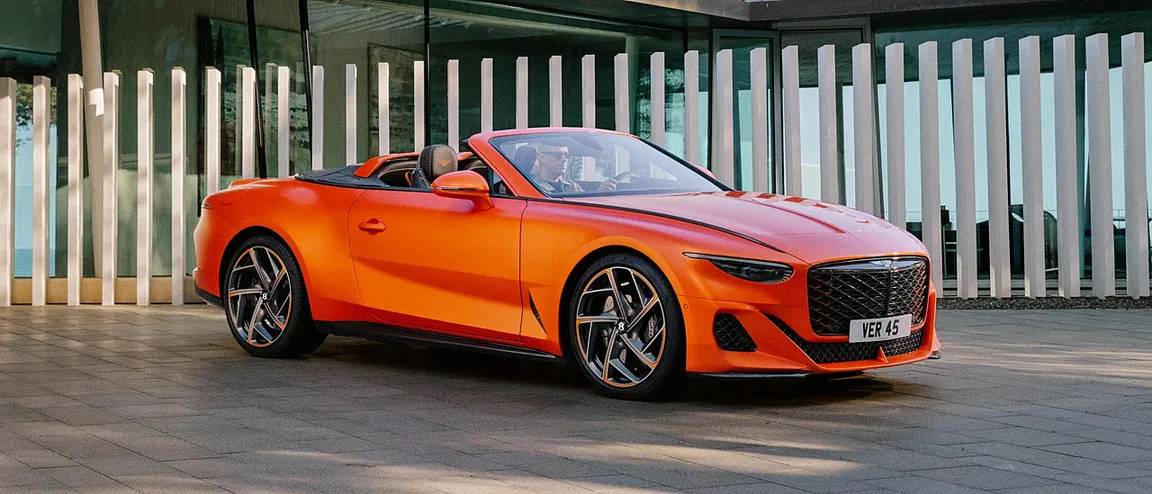
Bugatti – Sur Mesure
Bugatti’s Sur Mesure sits in a category of its own. These commissions blend hypercar engineering with museum-grade craftsmanship, resulting in ultra-rare pieces such as La Voiture Noire. The focus lies on narrative artistry: hand-applied motifs, historical references, and bespoke materials that turn each Bugatti into a moving sculpture. These cars live between technology and collectible art, often destined for private galleries and global concours lawns.
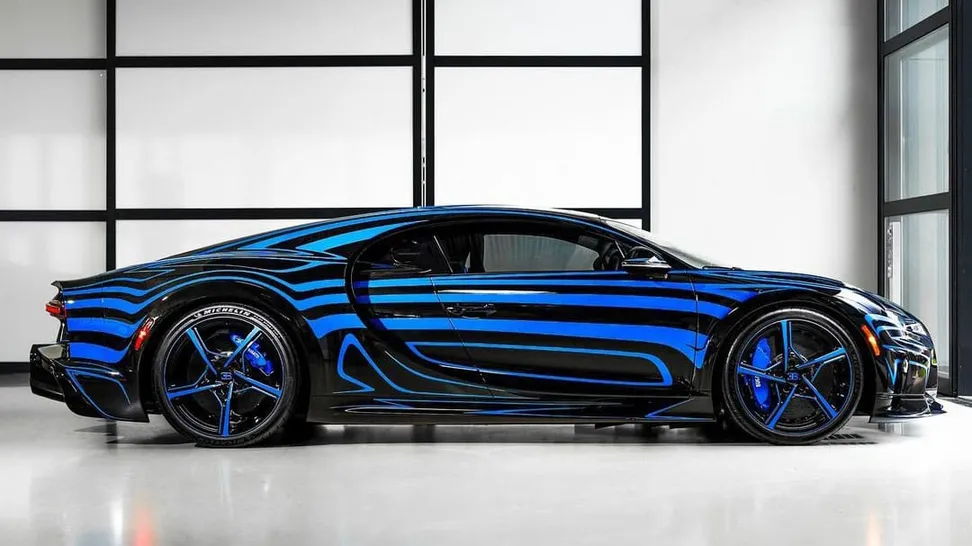
And many more programmes...
Lamborghini — Ad Personam
Ad Personam reflects Lamborghini’s character: bold colours, striking finishes, and high-energy expression. It offers a wide palette of paint effects, technical materials, and vivid interior combinations, shaping cars that embrace attention rather than avoid it. While not as conceptually deep as some bespoke divisions, it delivers strong emotional impact and suits clients who enjoy pure visual presence and an extroverted personality in their car.
Mercedes-Maybach MANUFAKTUR
MANUFAKTUR personalisation deepens Maybach’s philosophy of quiet prestige. Clients choose refined colour palettes, exclusive materials, and lounge-style interior executions designed for chauffeured life. The positioning sits closer to contemporary luxury and comfort rather than flamboyance. It offers a contrast to the more expressive programmes elsewhere, showing how personalisation also supports understatement and serenity.
Rimac (Nevera One-Offs)
Rimac treats personalisation as a fusion of technology and art. Nevera one-off commissions focus on futuristic materials, high-tech finishes, and story-driven livery designs. Clients work closely with engineers and designers to create highly individual expressions of next-generation performance, often blending automotive design with contemporary digital culture.
Koenigsegg (Special Commissions)
Koenigsegg offers personalisation in a deeply technical way, allowing clients to influence colourways, materials, aero surfaces, and functional details. Everything stays rooted in engineering possibility rather than decorative excess. The effect is a personalised hypercar with unmistakable Swedish precision and a strong sense of mechanical purity.
Pagani (Grandi Complicazioni)
Pagani approaches personalisation like haute horlogerie. Through Grandi Complicazioni, clients co-create pieces that highlight carbon-titanium craftsmanship, intricate material pairings, and artistic narratives. These cars carry emotional depth and tactile richness, reflecting Pagani’s blend of engineering and sculpture.
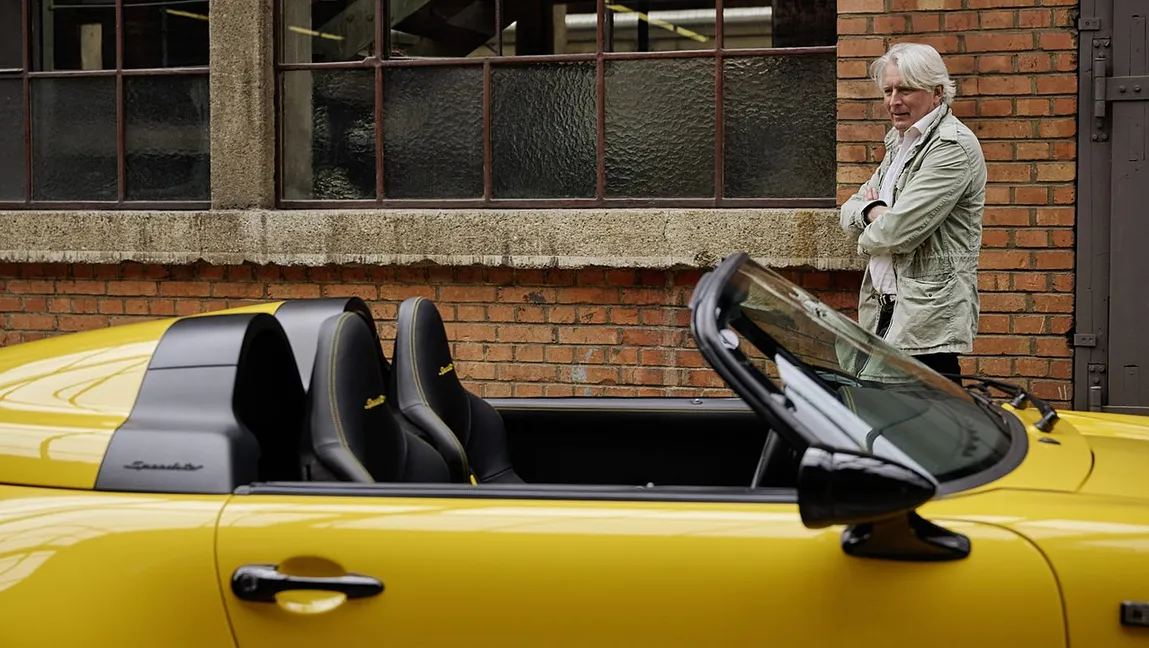
Consumer Psychology & Emotional Drivers
Personalisation in the luxury automotive world sits far beyond the idea of “customising a car.” Whether it is a Ferrari One-Off, a McLaren Solus GT configuration, a Porsche Sonderwunsch project or a Rolls-Royce Bespoke commission, the underlying motivations are remarkably consistent: they speak to human desire rather than functional need.
At this level, performance, comfort, or craftsmanship already surpass anything a customer can realistically use. The real driver becomes personal expression — the satisfaction of owning something shaped by one’s taste, values, and identity. Clients pursue these commissions because they enjoy the idea that the car reflects their story, not the catalogue.
There is also a deep emotional charge in the creation journey itself. Time, attention, and collaboration matter as much as the finished object. Studio visits, design reviews, colour trials, physical samples, private conversations with designers or engineers — all of this creates a sense of intimacy and trust. For many clients, this process becomes a form of slow luxury: a ritual that builds anticipation, clarity, and pride.
Another core dimension is the balance between public visibility and private delight. Some collectors enjoy sharing their commissions with the world — presenting them at places such as Goodwood Festival of Speed or Pebble Beach Concours d’Elegance — while others prefer a quieter, almost private relationship with the car. Both expressions are valid; both reflect a meaningful ownership.
For collectors, the emotional layer is even deeper. A commission becomes part of a wider personal landscape, sitting alongside art, architecture, travel memories, or family heritage. A new car may echo a colour, material, or narrative from earlier pieces in the collection. It becomes a continuation of a personal language rather than a standalone purchase.
Across all of these motivations, the common thread is simple: luxury personalisation answers a human wish to create something original. The product is the outcome; the emotional journey is the reward.

People, Skills & Process: Where Personalisation Comes Alive
The most advanced personalisation programmes rely on more than materials, design studios or factory access. The real difference sits in how well the brand’s people understand the client. Every commission, moves through a long chain of decisions where human judgement matters as much as engineering.
The process usually unfolds through a series of discovery conversations. Some clients arrive with a fully formed vision. Others arrive with a feeling, an emotion, a moment of inspiration. The skill lies in guiding both types with confidence and patience, shaping an idea into something buildable without diluting its spirit.
Personalisation also places unique pressure on the retailer side. A consultant must interpret the client’s taste, understand the factory’s constraints, advise on design choices and manage expectations around timelines. They also carry the responsibility of alignment across departments — sales, design, aftersales and logistics — so that the journey feels smooth, coordinated and enjoyable.
This is a demanding role. It draws on product depth, empathy, cultural understanding and the ability to translate personal stories into meaningful design decisions. It becomes even more important in Asia, where collectors often blend international influences with heritage, family identity and contemporary aesthetics.
When these skills fall into place, the relationship between client, retailer and brand becomes a genuine partnership. The commission becomes more than a specification. It becomes a shared creation that flows with clarity, trust and a sense of purpose.
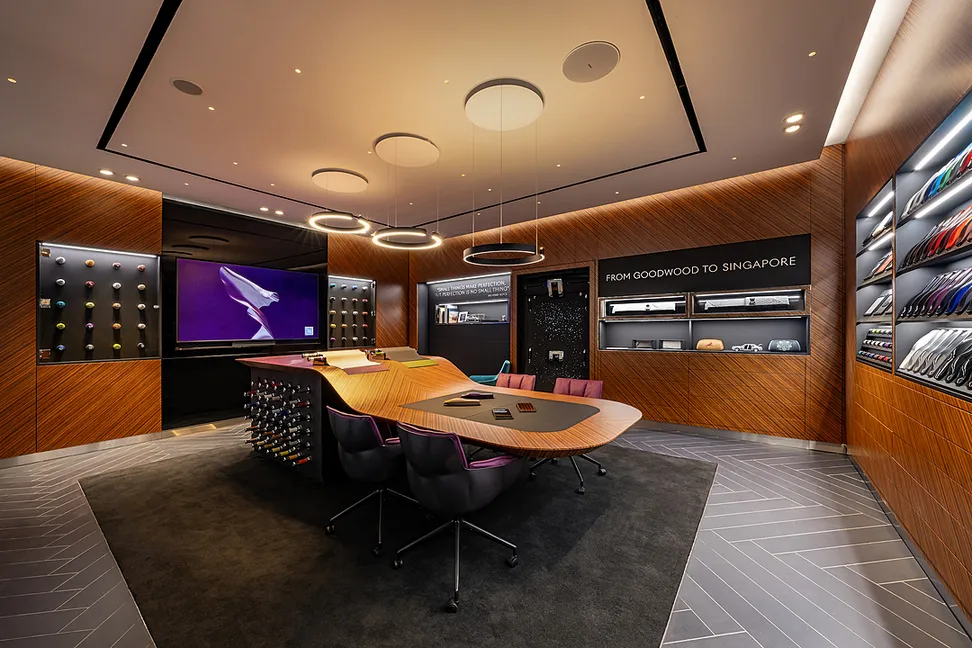
What Other Luxury Sectors Can Learn
Personalisation in the automotive world teaches a simple truth: clients value the feeling of being understood far more than the object itself.
Across luxury — hospitality, private members’ clubs, fine jewellery, watches, private banking, real estate — the same principle applies. People respond to journeys that recognise their tastes, their rhythms, and their unspoken expectations.
What stands out most from the world of complex, multi-year automotive commissions is not the paint sample or the leather choice. It is the quality of translation:
- turning a vague idea into something coherent,
- reading emotional cues without forcing decisions,
- guiding clients with confidence while keeping them firmly in the centre.
Luxury sectors that thrive are those that create this type of relationship space. They design moments that feel personal without becoming performative, and structured without feeling rigid. They understand that clients enjoy expertise presented with warmth, curiosity, and a sense of partnership.
Whether it’s a villa experience, a bespoke piece of jewellery, a private trip, or a tailored service package, the real value sits in the dialogue, the discovery, and the trust built along the way.
This is where luxury shifts from “offering” to “understanding” — and where brands earn lasting loyalty and advocacy.
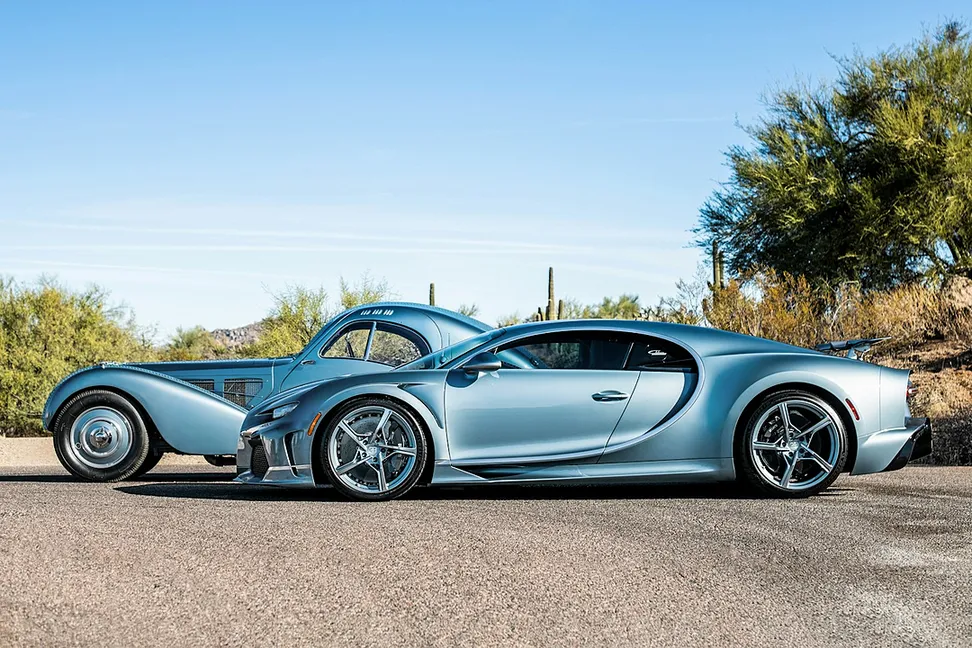
Closing Reflection
In the end, personalisation reveals something universal. People enjoy feeling understood. They enjoy feeling that a brand sees their taste, their story, and their way of moving through the world. Whether the result is a handcrafted limousine, a sculptural supercar, or a quietly tailored configuration, the real value sits in the way the client feels during the journey.
Across Asia, this desire grows stronger each year. Clients enjoy freedom, creative expression, and the satisfaction of shaping something that carries their signature. Brands that listen with care – and guide with confidence – create results that feel deeply personal rather than simply configured.
Personalisation in luxury is not about options. It is about understanding. And when that understanding is present, the outcome becomes more than a product. It becomes a moment of identity, a memory, a story that stays with the client long after delivery.
All photographs used here serve purely as illustration. All rights remain with their original creators and owners.
